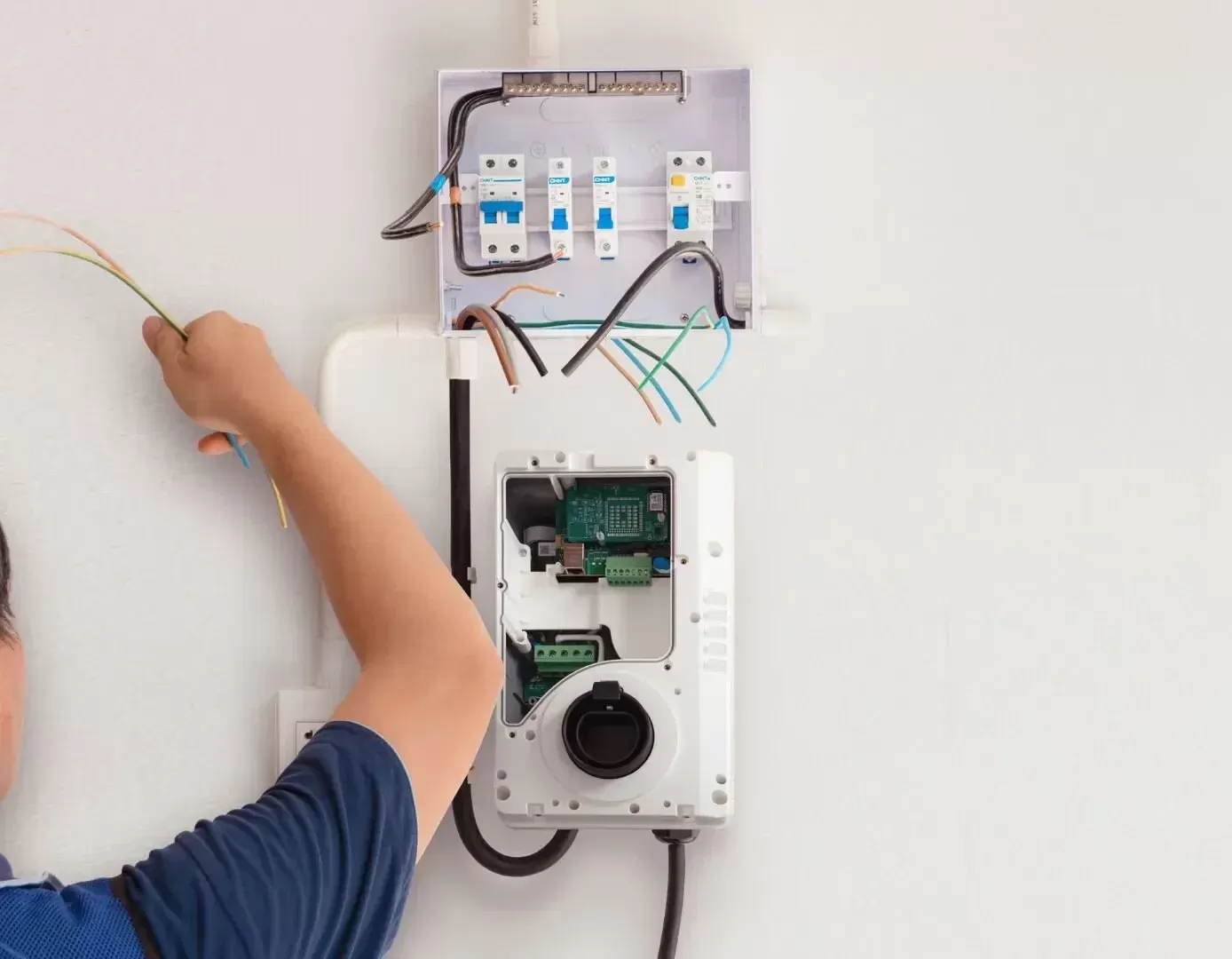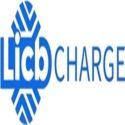Notifications

7 minutes, 30 seconds
-18 Views 0 Comments 0 Likes 0 Reviews

As electric vehicles (EVs) become increasingly mainstream, the safety and reliability of their charging infrastructure come under closer scrutiny. A critical safety component embedded in most China EV chargers is the Residual Current Device (RCD). These devices are essential for protecting users from electric shocks and preventing fires caused by ground faults.
Simply put, an RCD monitors the electrical current flowing through a circuit and quickly disconnects power if it detects an imbalance. This simple yet vital function can be the difference between a safe charging session and a catastrophic electrical failure.
This article explores the types of RCDs used in EV charging systems, why choosing the right one is crucial, and how to future-proof your charging setup.
An RCD is a life-saving device that instantly cuts off electrical power if it detects a difference in current between the live (hot) and neutral wires. This difference, or leakage current, often means electricity is flowing somewhere it shouldn’t—potentially through a person’s body or due to faulty wiring—posing serious risk of injury or fire.
RCDs are now mandatory in EV charging setups because EVs draw substantial current during charging. Without proper protection, any electrical fault could become hazardous.
RCDs act as protective shields, continuously monitoring current flow in and out of the charger. If a leakage current exceeding a certain threshold (commonly 30 milliamps) is detected, the RCD immediately trips and cuts power, preventing electric shock and fire risk.
Given that EV chargers often operate outdoors, handle high voltage, and interface with users directly, RCDs are not just good practice—they are a critical safety requirement.
International electrical standard IEC 60364-7-722 mandates:
“Each AC connecting point shall be individually protected by a residual current device (RCD) with a rated residual operating current not exceeding 30 mA.”
This means every EV charger installation should include an RCD, but the effectiveness depends on using the right type for the charger’s electrical characteristics.
Detects: Sinusoidal alternating current (AC) residual currents only.
Use Case: Basic household or light commercial circuits.
Limitations: Cannot detect DC residual faults common in EV systems; thus unsuitable for EV charging.
Detects: Sinusoidal AC and pulsating DC residual currents.
Use Case: Household installations and simple EV chargers without DC components.
Limitations: Fails to detect smooth DC leakage currents above 6 mA, which can occur with advanced EV chargers or onboard electronics.
Detects: Residual currents with mixed frequencies, including high-frequency currents from electronic devices.
Use Case: Appliances with frequency converters (e.g., washing machines).
Limitations: Not optimized for EV charging; rarely used in this context.
Detects: All residual current types—AC, pulsating DC, and smooth DC up to 1 kHz.
Use Case: Complex installations, including fast EV chargers and photovoltaic systems.
Strengths: Provides comprehensive protection; the preferred and often mandatory choice for modern EV chargers.
As EV chargers evolve with higher power, faster charging, and bidirectional flow (e.g., V2G), Type B RCDs offer unmatched safety by detecting all leakage current types—including smooth DC currents that can "blind" Type A or AC RCDs.
This ensures immediate disconnection upon fault detection, preventing dangerous situations. Type B RCDs also future-proof installations, accommodating upcoming technologies and higher performance standards.
Match RCD Type to Charger Design:
Fast DC chargers require Type B RCDs due to DC components. Even some AC chargers benefit from Type B if DC leakage risk exists. Some chargers integrate internal 6 mA DC detection modules allowing Type A RCD use, but this demands careful engineering and certification.
Installation Environment:
Outdoor or harsh environments require robust, certified Type B RCDs with proper earthing and ventilation. Regular testing ensures ongoing reliability.
Enhance User Confidence:
Proper RCD protection reassures users, especially since many charge overnight or unattended. Knowing their charger is safeguarded against electrical faults encourages EV adoption.
Type B RCDs are pricier than Type A or AC devices but justify the cost with superior safety. For commercial or public charging stations, the risk of incidents and liabilities makes investing in Type B RCDs essential. Even residential setups benefit as DC fast charging and intelligent systems become more common.
Next-gen charging systems integrating bidirectional energy flow, solar, and storage will increase fault complexity, heightening the need for advanced RCDs. Future devices may include smart diagnostics and remote monitoring, but detecting AC and DC faults will remain fundamental.
Regulations worldwide are tightening, reinforcing Type B RCDs as the baseline for EV charging safety.
Residual Current Devices are a critical safety barrier—not optional extras—in EV charging infrastructure. While Type AC and A RCDs may suffice for simple cases, Type B RCDs deliver comprehensive protection for modern and future EV charging needs.
Whether for home chargers or public stations, selecting the right RCD safeguards users, protects equipment, and supports the ongoing transition to clean electric mobility.
As the EV revolution accelerates, ensure your charging setup is equipped to meet the challenge—starting with the right RCD.
China EV Chargers EV Charger Manufacturer EV Charging Solutions

